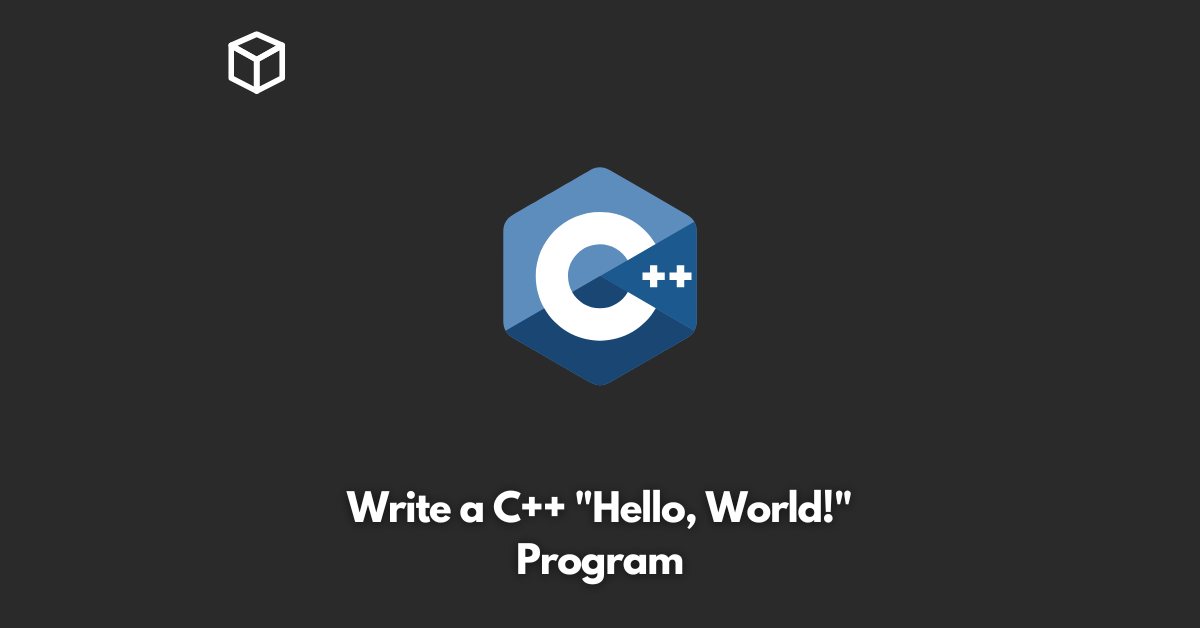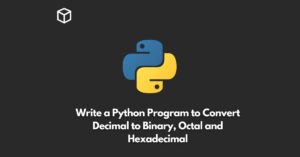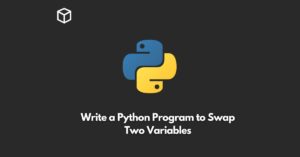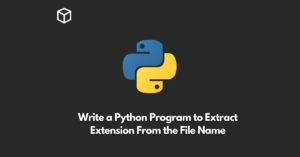As a C++ programmer, the first program you write is usually a “Hello, World!” program.
This program is straightforward and is used to test the compiler and ensure that everything is set up correctly.
The program prints the message “Hello, World!” to the console.
To write a “Hello, World!” program in C++, you need to follow these simple steps:
Open your preferred C++ IDE (Integrated Development Environment).
Create a new project or file.
Type the following code:
#include <iostream>
int main() {
std::cout << "Hello, World!" << std::endl;
return 0;
}
Save the file with a name and the extension .cpp (e.g., HelloWorld.cpp).
Compile the program.
Run the program.
The code above includes the “iostream” library, which is used to perform input and output operations in C++.
The “main” function is the entry point of the program, and it returns an integer value (0 in this case).
The “cout” object is used to print the message “Hello, World!” to the console, and the “endl” manipulator is used to end the line.
Once you have written the code and compiled the program, you can run it.
The program will display the message “Hello, World!” on the console.
In conclusion, writing a “Hello, World!” program is an essential step for any C++ programmer.
It’s a simple program, but it serves as a useful test for setting up your development environment and testing your code.




